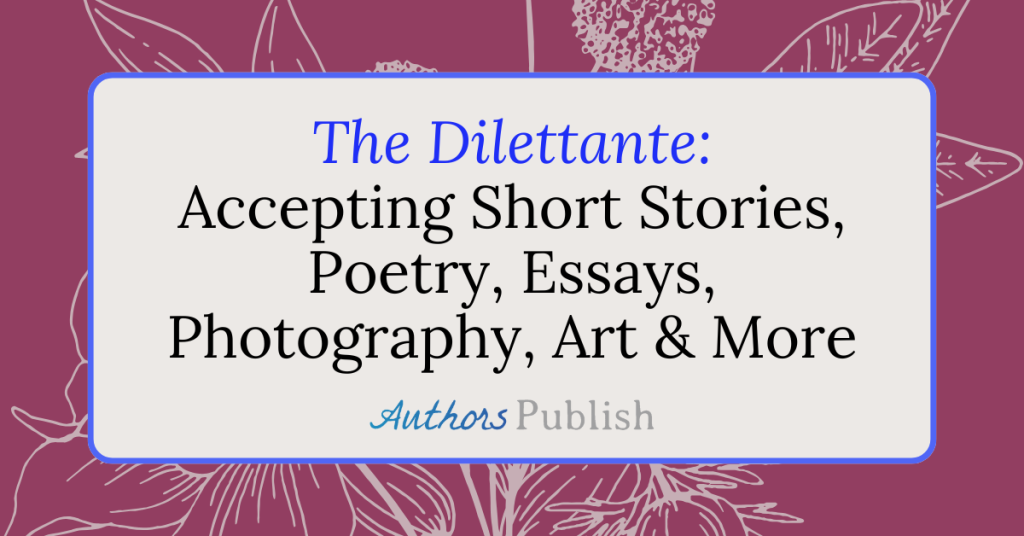Katey Schultz
I’ve been teaching flash fiction and flash nonfiction for over a decade, and whether I’m teaching high schoolers via an arts council grant, published authors via my online class, or MFA candidates at a residency, I always start with the same thing: Flash is flashy, but “flashy” might not mean what you think.
Let me explain. We are told over and over again that if there’s no surprise for the writer, there’s no surprise for the reader. That’s true, however, when a writer is new to a form like flash and they’re told to create “surprise,” they often lean on the tropes of high drama without even realizing it. Think: car wrecks, infidelity, natural disasters, or repeatedly devastating circumstances beyond a character’s control.
But authentic surprise, especially in literary flash fiction and flash nonfiction, is often subtle. Think: a shift in a character’s mindset, a mistake realized or forgiven, a new insight gained. These are surprises, but they’re internal–often invisible. What’s “flashy” in this kind of writing correlates with the writer’s ability to reveal such imperceptible, tiny moments or impossible decisions, all while moving the story forward and entertaining readers.
So while flash is often defined as 1-3 pages (or up to 1000 words for some publications), it has less to do with word count or attention span, and more to do with the quality of attention paid to each word. From there, characters need to be positioned quickly and clearly into circumstances that outsize them. Now, you’re ready to flash…
Let’s consider an example: If your story is about a child whose parents are arguing on the other side of his bedroom door, and the child is putting together puzzles and trying to mentally escape to his own, safer, imaginative world–then the circumstances of that entrapment have to be portrayed as a given of the story. You don’t want readers to be wondering, Why doesn’t the kid just leave the house? Or, What’s so bad about an argument, anyway? Instead, you want the quality of the words selected, and the precision of the circumstances to coax your readers along. When that happens, they’re more likely to think: This kid is trapped. He’s doing the best he can. But what he really wants is to disappear. I wonder how he’ll cope? Or, It’s obvious this kid can’t leave, but just look at him! He’s finding his own sense of freedom despite these circumstances, and he’s finding it in a way that’s so…surprising!
That’s flashy. That’s smart surprise. And I’d venture to say, that’s also publishable. In that vein, here are my current top 6 picks for flash form writing markets. Have at it!
Places to Submit:
About as long as it takes to smoke one cigarette…that’s how long your submission of flash fiction should be to this publication, which has high standards but isn’t as inaccessible (or expensive) as some of the other “heavy hitters.” The perk here is that Smokelong works with rotating editors–which means a quick response time to your submission, and that you can cater your submission when the “right” editor comes along. Plus, they pay! This is truly an invitation to do your homework by finding out who the upcoming editors are, studying their work and aesthetics, and deciding if you think you work is a good match.
It’s been incredible to watch Electric Literature transition from the bold print publication offering authors $1000 for a single short story, to the online, multi-faceted digital beast it’s become today. One arm of that beast is Okey Panky, which opens for submission again in August and pays contributors $100. It’s a great way in to a larger literary scene and perhaps more contemporary or mobile-friendly audience that some other magazines aren’t reaching.
This is affiliated with the Press 53 publishing company, and this little online publication has grown into the not-so-little anymore–and offers accessible yet reputable contests for flashers and long form prose writers alike. Great content, great variety, great editors, and a highly-motivated, go-get-’em mission that I’ve seen in action for more than a decade, via various connections. General flash submissions are accepted without any fees.
Flash: The International Short-Short Story Magazine
These folks take a while to respond, but they’re every bit worth the wait. When my contributor copies arrived from the UK, I held in my hands a small collection of all flash fiction (or reviews of flash fiction books) that was top-notch. I could have taught a course using the single issue my work appeared in–the variety was that rich and of such caliber. Bonus: If you get accepted, you get to say you are “published internationally.” It’s also nice to be recognized by a university, and the editors are real human beings with busy lives but an obviously long-standing affinity and taste for the flash form.
Last but not least, let’s end with a great flash publication that has a current, open call for flash nonfiction (due March 31st). Check them out here and good luck!
Bio: Katey Schultz is the author of Flashes of War (stories) and the forthcoming Still Come Home (novel) both published by Loyola University Maryland. She is the founder of Maximum Impact (as featured on CNBC), which provides transformative online curricula for writers so that they can articulate their most authentic work and get published. To learn more about flash form writing, Katey’s work, or to explore free resources like the 5 S’s that will help get you published, visit www.kateyschultz.com and explore her spring classes now.






